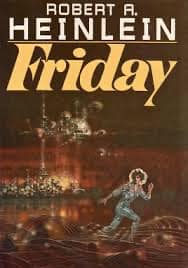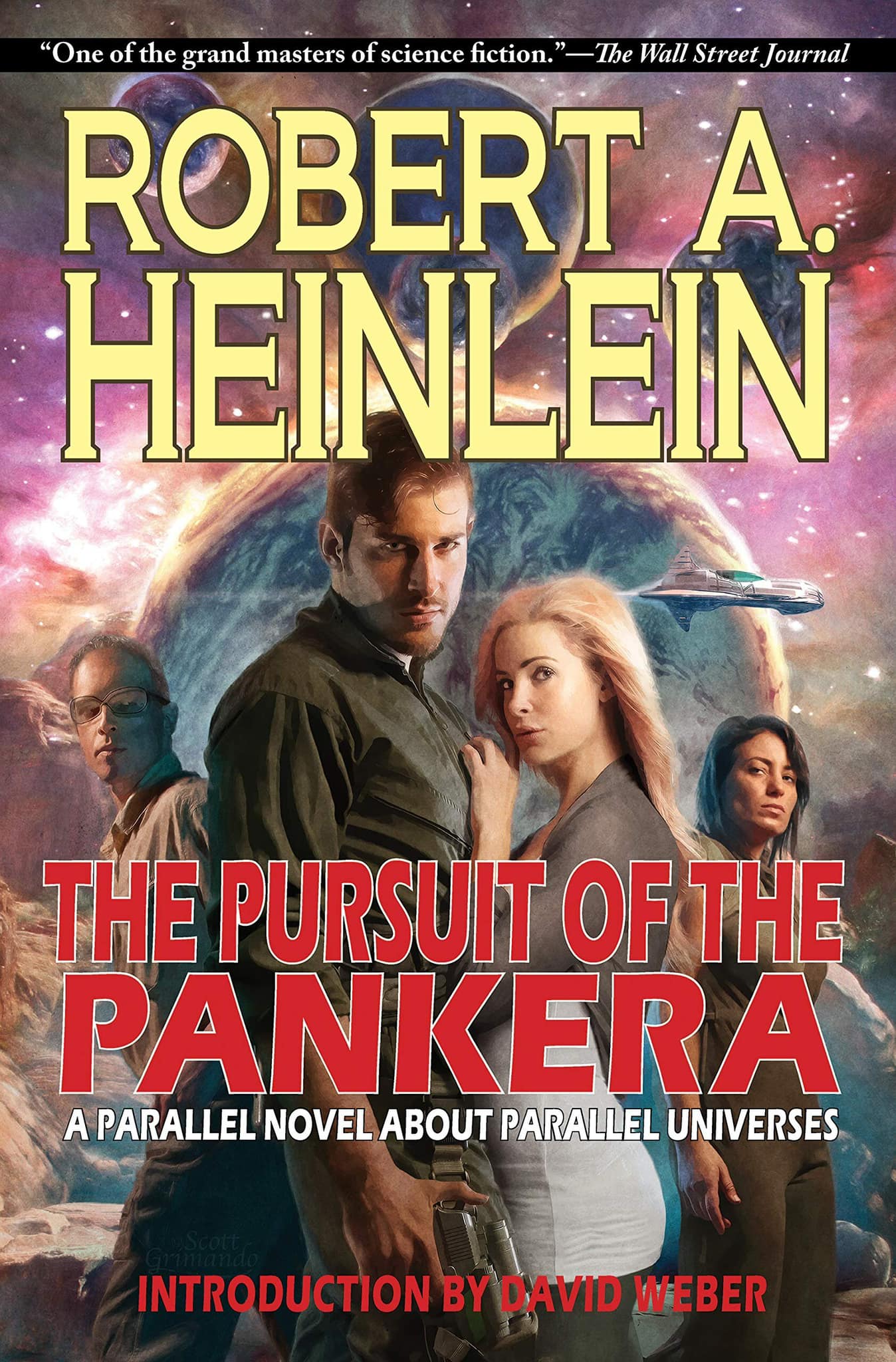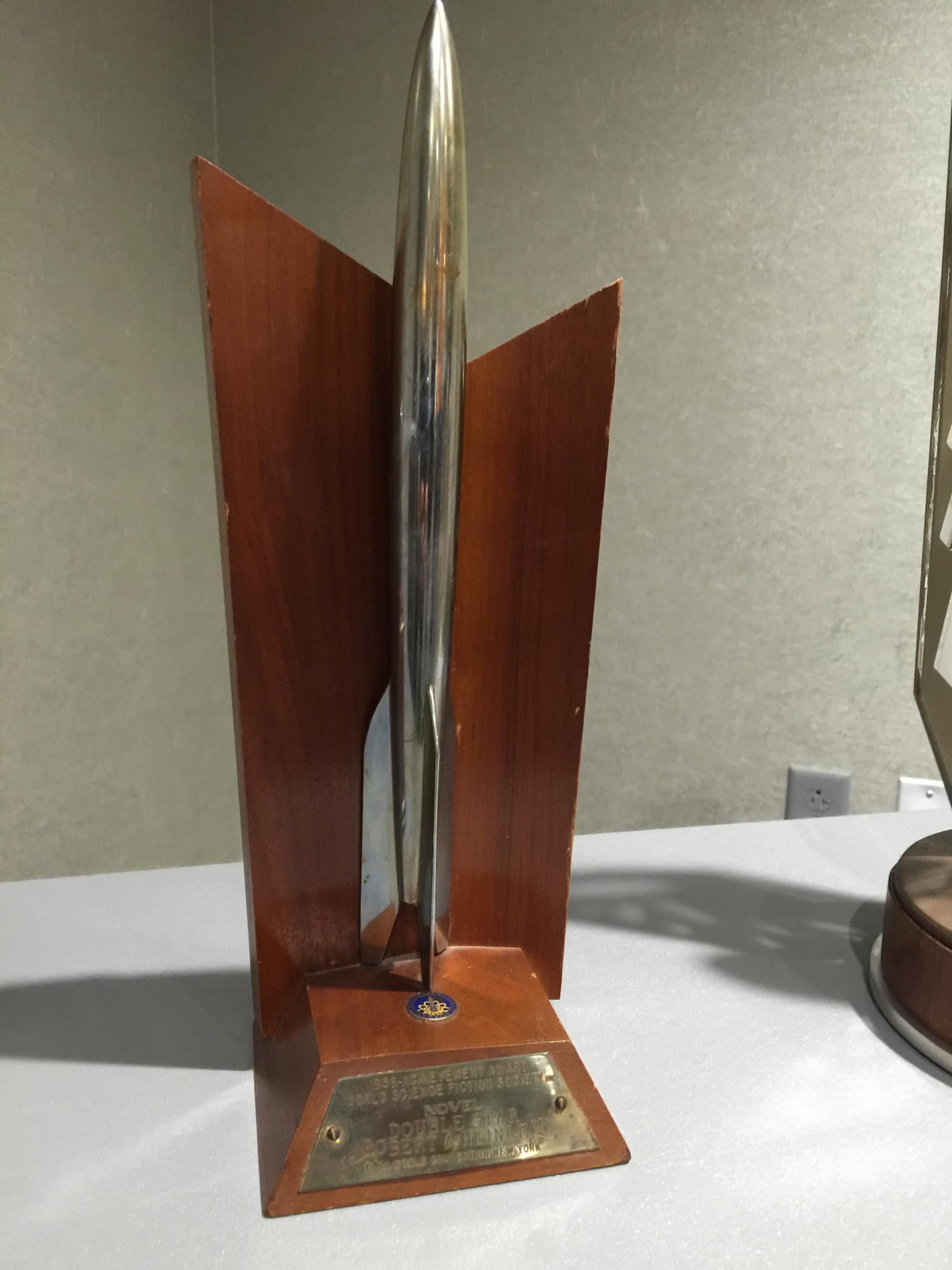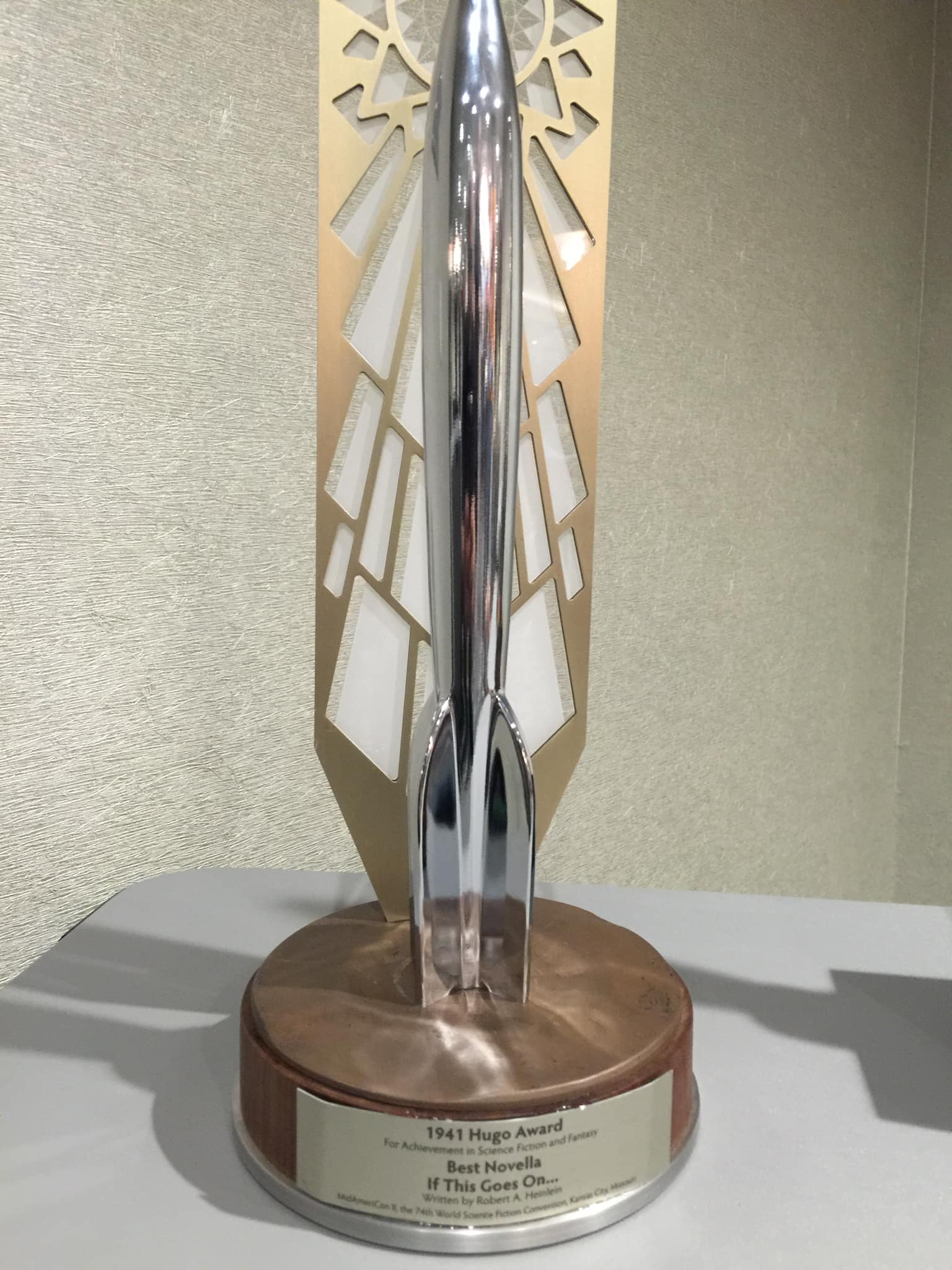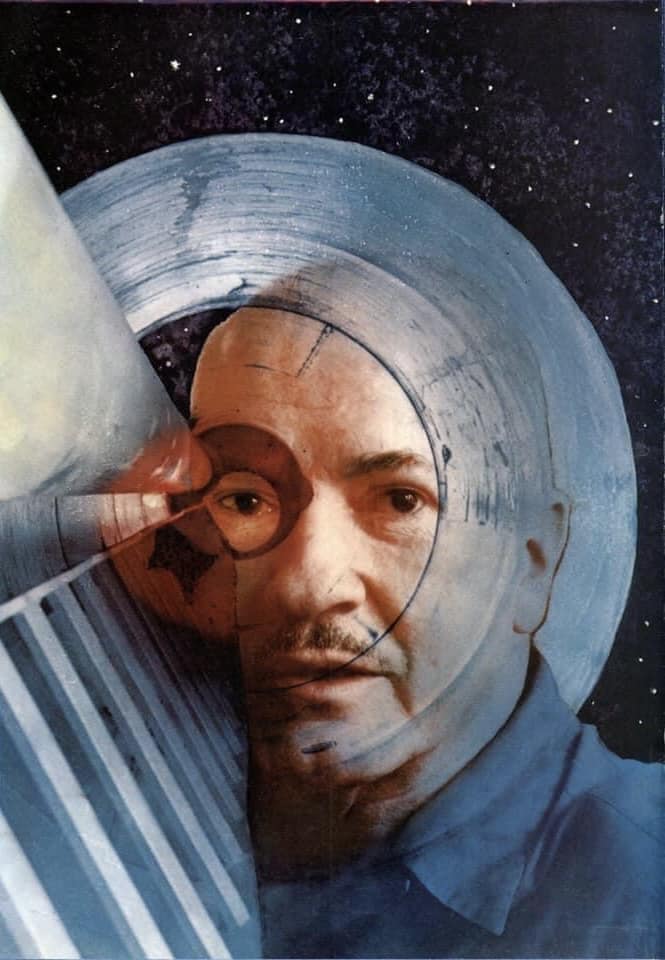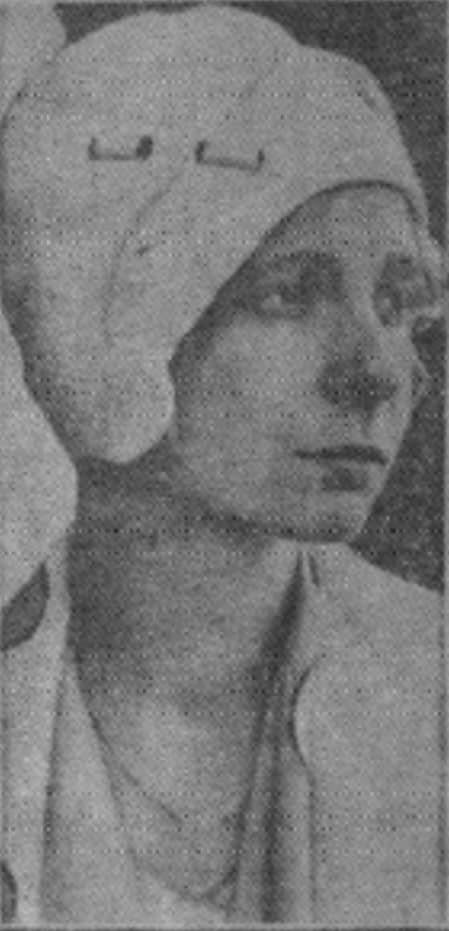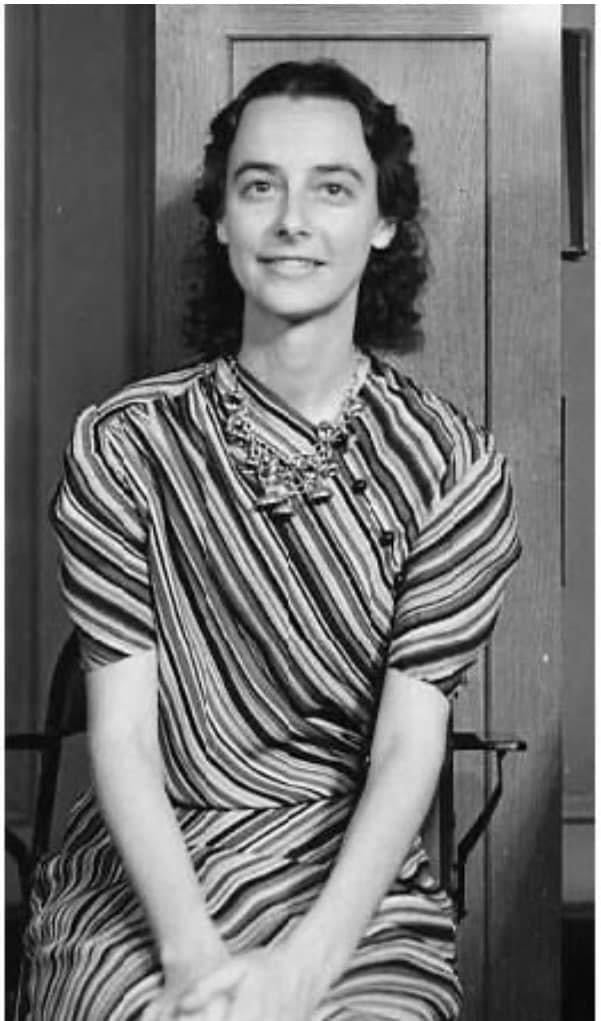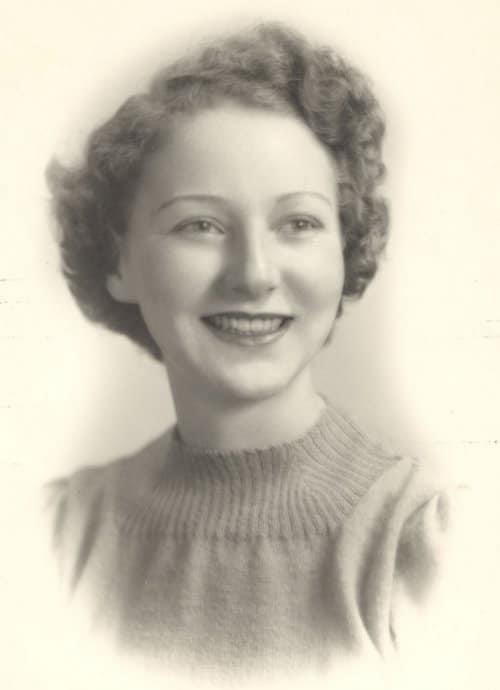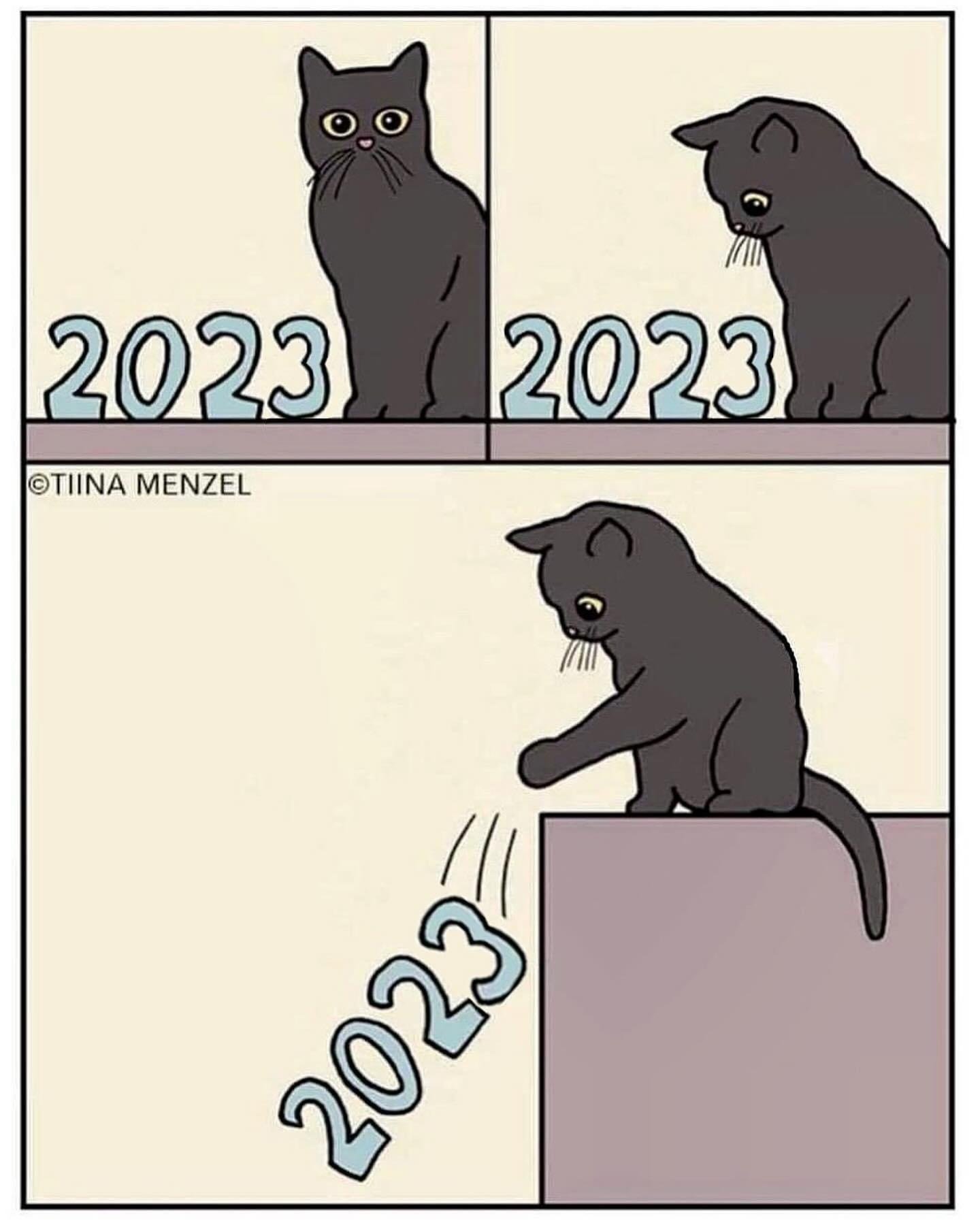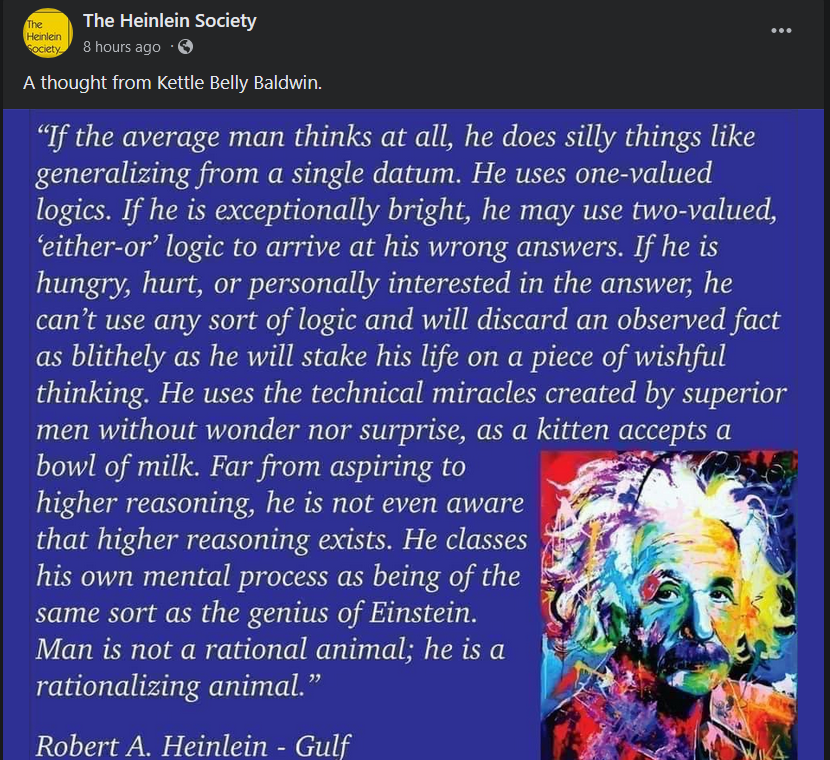It is not clear how Heinlein got from this germ to the story he eventually did (around the beginning of April 1939) write up as his first story, “LifeLine.” Switching it from pure fantasy to science fiction may have suggested the pulp gadget-story format, which is typically about the inventor and his invention. Heinlein began in a way that would become characteristic for him—with irony: his inventor was not a mad scientist but the only truly sane man in the story, a rational man who faces facts squarely and without wishful thinking, fairly obviously a model of how Heinlein—as a rational man—hoped he would face that dreadful knowledge, resolutely: make time to enjoy the best things life had to offer him in his remaining time and leave Leslyn provided for, possibly by taking out a big insurance policy—any insurance company would scream bloody murder if it was discovered that he was using some kind of arcane knowledge.
The elements of a science-fiction story—with a fantasy “twist” at the end—took shape, and this was a characteristic, also, of Heinlein’s approach to fiction: he was never to be comfortable with formula, and many of his stories challenge the boundaries of science fiction.
Equally characteristically, Heinlein chose a pun for his title (perhaps because he started the typing on April 1, 1939—April Fools’ Day): the lifeline is a crease in the palm that fortune-tellers use to tell the length of a person’s life. It is also what sailors call the rope they throw to a man overboard, to save his life.
Heinlein gathered up enough paper—he was still using mimeographed precinct-worker instructions from the election in 1938—and began typing. The scenes fell into place like clockwork. He got through a thousand words that first day and more than two thousand the next. Two days later, he was done with the story.
If Leslyn’s sense for story structure had been honed in the movies, she might have been surprised at how Robert had used the bits she had suggested. This wasn’t a conventional commercial plot, with a single, straight through story arc. He had twined three story lines together—mature stories, too, not pulp kids’ stuff. Even in first draft, this was a professional-quality job. Once he retyped it to get a clean manuscript, it would be ready to send out.
This spate of writing had been prompted by a piece in one of the science-fiction pulps, but the “prize” for Thrilling Wonder’s “contest” was less than the prevailing pulp story rates of a penny a word. (The most popular writers could earn a lot more, but there was also a bottom rung of the pulp market that was paid a lot less—half a cent a word or less. Thrilling Wonder Stories was on that bottom rung.) Instead, Heinlein sent it to the only editor who had both a fantasy magazine and a science-fiction magazine, John Campbell at Astounding Science-Fiction and Unknown.
Even though Heinlein was by now a touch typist, he was not very accurate. The retyping was a chore. He had thirty-two sheets in his rough draft. He drove down the hill into Hollywood, to a stationery store, and bought just enough good bond paper to retype the story. It took almost as long to retype the story as it did to write it, but eventually it was done, and he had thirty-two sheets of clean copy and a carbon on newsprint. He packaged the bond copy of the story with another envelope, self-addressed, and stamps enough clipped to it to return the manuscript. On April 10, 1939, he sat down to type his cover letter.
Dear Mr. Campbell:
I am submitting the enclosed short story “LIFE-LINE” for either “Astounding” or “Unknown,” because I am not sure which policy it fits the better. Stamped self-addressed envelope for return of manuscript is enclosed. I hope you won’t need it.
Very truly yours,
Robert A. Heinlein
He took the envelope down to the post office and mailed it the same day…
…Leslyn came in, excited, with the morning mail: there was a business letter—not a returned manuscript!—from Street & Smith. She hadn’t opened it, of course: they had a custom of respecting the privacy of each other’s correspondence, and the envelope was addressed to him. She wouldn’t have opened it even if it were from mutual friends. Inside there were two sheets, one a form of some kind and the other on Street & Smith letterhead and signed by John W. Campbell, Jr., in a looping hand and blue, broad-nibbed fountain pen:
April 19, 1939
Dear Mr. Heinlein:
The legal obligations under which a publishing company operates require that we ask authors who have not previously sold to our magazine to prepare an affidavit of authorship for us. I like your story “Life-Line,” and plan to take it at our regular rate of 1¢ a word, or $70.00 for your manuscript. However, before this may be put through for payment, the purchasing department ask that the author sign the accompanying form, and have it witnessed by a notary public. If you will have this done, the check in payment of your story will be sent at once.
John W. Campbell, Jr.
Campbell was buying “Life-Line”! A few days later, on April 24, the check arrived from Street & Smith—$70.00, as promised. Heinlein stared at it for a moment. “How long has this racket been going on?” he demanded rhetorically. “And why didn’t anybody tell me about it sooner?”
(Life-Line appeared in the August 1939 issue of Astounding)
Robert A. Heinlein: Volume I: Learning Curve, 1907-1948 by William H. Patterson Jr.

